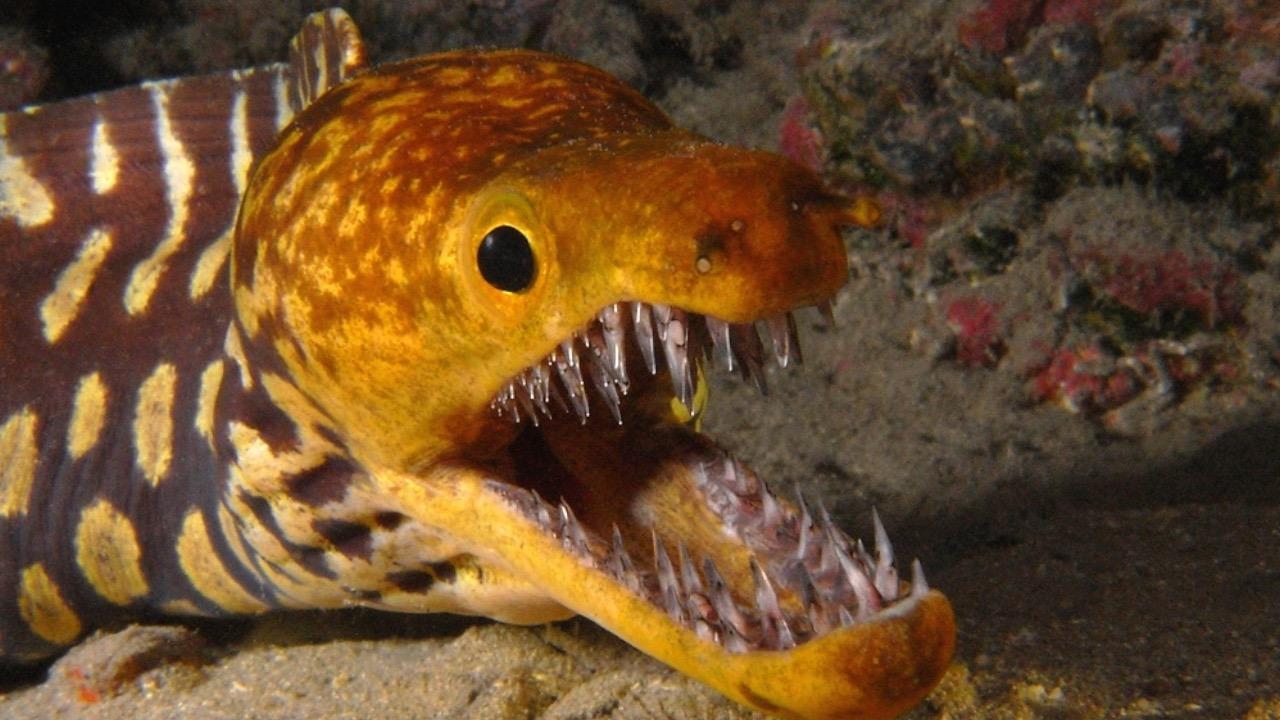Life thrives in the harshest conditions, from the deepest ocean trenches to the driest deserts. These extreme environments have shaped some of the most bizarre and resilient organisms on Earth, pushing the boundaries of biology. Scientists study these life forms not only to understand their survival mechanisms but also to explore the possibilities of life beyond our planet.
In this article, we’ll explore the Top 10 Most Unusual Life Forms That Live in Extreme Environments and their fascinating adaptations.
1. Tardigrades – The Indestructible Micro-Creatures 🦠🚀
Tardigrades, also known as water bears, are microscopic creatures that have astounded scientists with their near-invincibility. They can survive in boiling temperatures, freezing cold, intense radiation, and even the vacuum of space. Their secret lies in a state called cryptobiosis, where they lose almost all their water content and suspend their metabolism, effectively becoming dormant until conditions improve.
These tiny organisms have even been sent to space and returned alive, proving their resilience. Researchers study tardigrades to understand their unique survival mechanisms, which could have applications in space exploration, medicine, and cryopreservation.
🔬 Why It Matters? If we can unlock the secrets of tardigrades, we may develop new ways to protect human cells from extreme conditions and advance biological preservation technologies.
2. Pompeii Worms – Heat-Resistant Deep-Sea Creatures 🌡️🐛
Pompeii worms are found near hydrothermal vents on the ocean floor, where temperatures can exceed 80°C (176°F). These creatures thrive in such harsh conditions thanks to a symbiotic relationship with heat-resistant bacteria that coat their backs. This bacterial layer acts as insulation, protecting the worms from extreme heat while allowing them to survive in one of Earth’s most hostile environments.
Despite their resilience, Pompeii worms remain a mystery to scientists, as their deep-sea habitat is difficult to explore. Understanding how they withstand extreme heat could lead to breakthroughs in biotechnology, particularly in developing heat-resistant materials or enzymes for industrial applications.
🔬 Why It Matters? These worms show how life adapts to extreme temperatures, providing insights for biological engineering and even deep-sea resource exploration.
3. Antarctic Icefish – Surviving in Freezing Waters ❄️🐟
Antarctic icefish have evolved to survive in the frigid waters of the Southern Ocean, where temperatures often drop below freezing. Unlike most fish, they lack hemoglobin, the protein responsible for carrying oxygen in the blood. Instead, they rely on antifreeze proteins that prevent ice crystals from forming in their blood and tissues, allowing them to swim freely in icy waters.
Their ability to survive in such extreme cold has fascinated researchers, who are studying their genetics for potential applications in medicine and food preservation. If scientists can replicate the antifreeze proteins found in icefish, they might develop better methods for organ storage and cryopreservation.
🔬 Why It Matters? Studying icefish proteins could lead to breakthroughs in organ transplantation, cryogenics, and even cold-resistant crops.
4. Halophiles – Life in Extreme Salt Environments 🧂🦠
Halophilic microorganisms, or halophiles, thrive in environments with extremely high salt concentrations, such as the Dead Sea and salt flats. Unlike most organisms, which would quickly dehydrate, halophiles have evolved special proteins and cellular mechanisms that allow them to retain water and function normally.
Scientists are particularly interested in halophiles because they offer insights into the possibility of life on other planets. Mars and some of Jupiter’s moons have evidence of ancient salty water, meaning halophiles could provide a model for potential extraterrestrial organisms.
🔬 Why It Matters? These microbes help us understand how life could survive on Mars and may contribute to advances in agriculture and biotechnology.
🤯 Final Thoughts
The ability of these extraordinary life forms to thrive in extreme conditions demonstrates the incredible adaptability of nature. Their unique biological mechanisms not only help scientists understand the limits of life on Earth but also provide valuable insights into medical, environmental, and space exploration fields. Could similar life forms exist on other planets? The study of these organisms may one day provide the answer.



